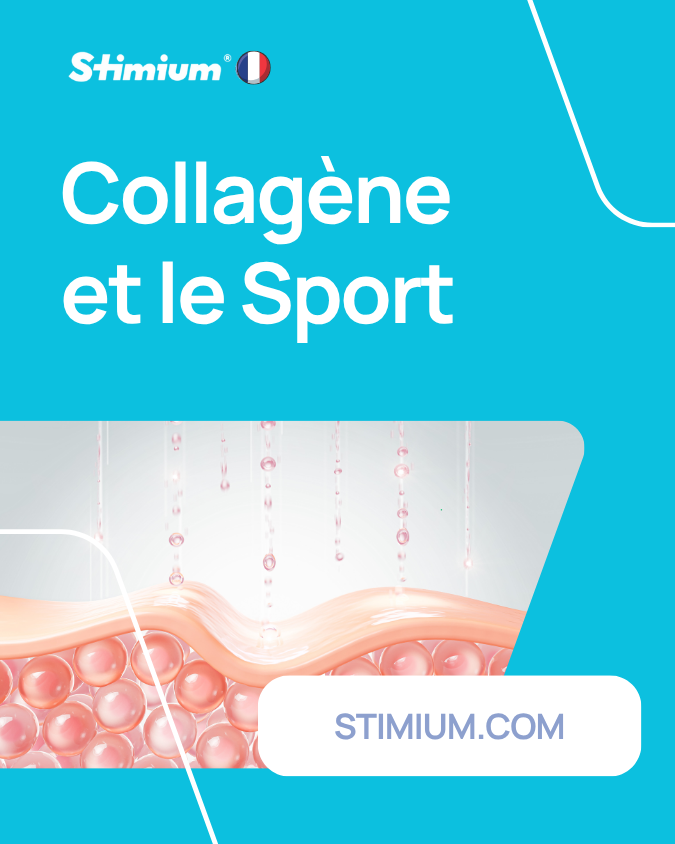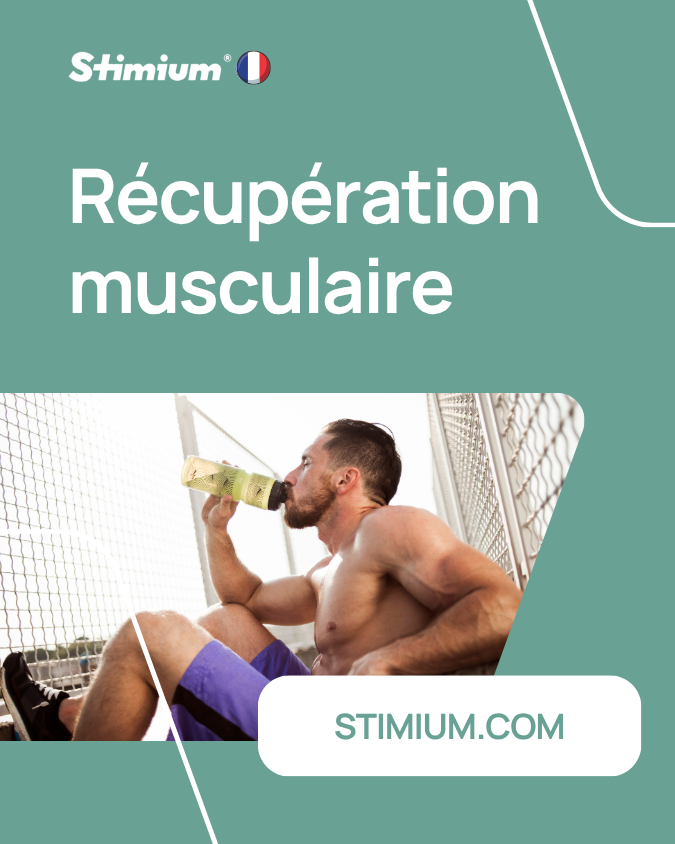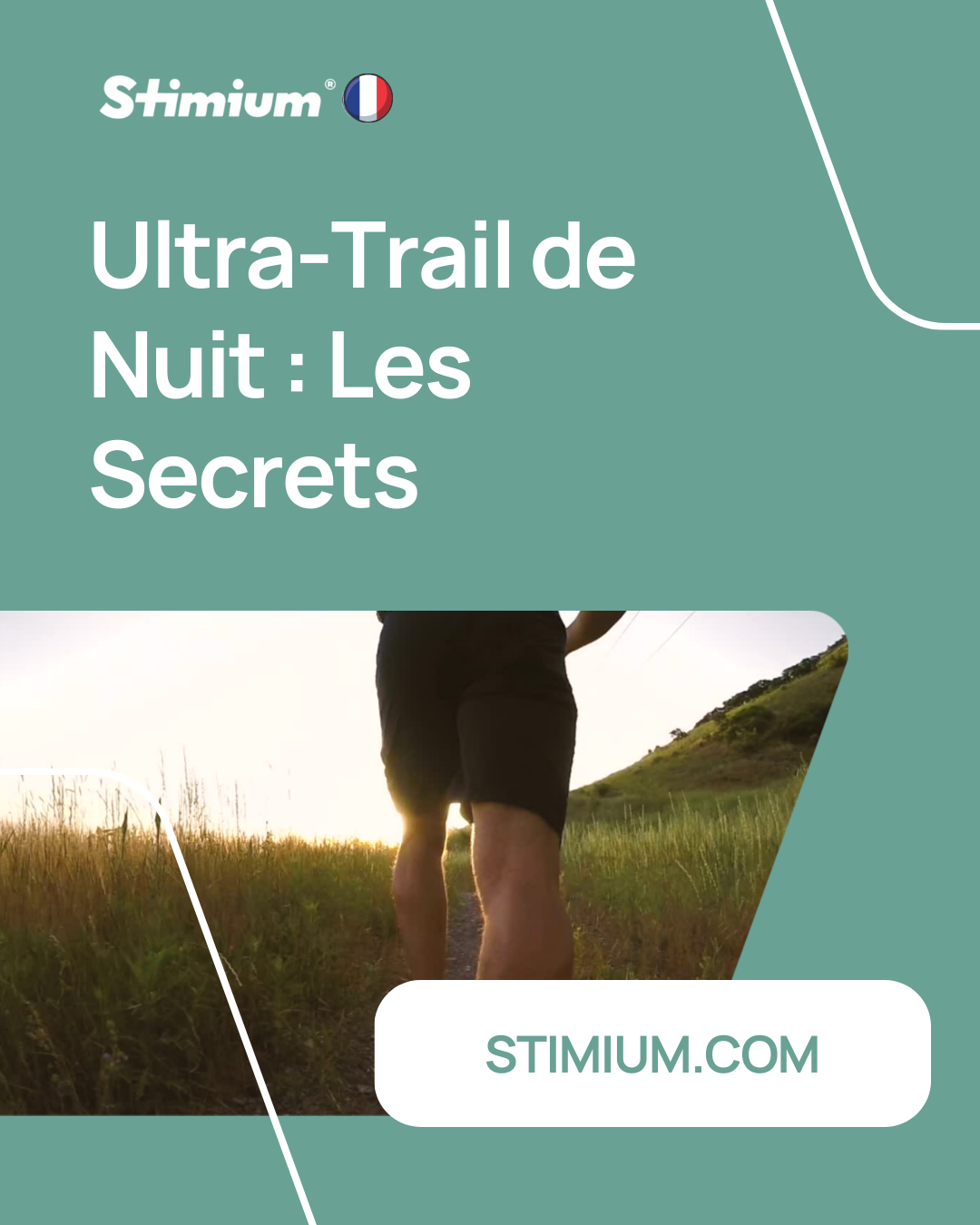Equipping yourself for a triathlon: advice from our experts
Very confidential and long reserved for a certain elite, the triathlon has clearly become more popular in recent years . Every year, more and more athletes from all backgrounds and at all levels want to push their limits and test themselves in a discipline that is as demanding as it is fascinating. However, many end up giving up due to the apparent complexity of the equipment needed to get started. Most often due to incorrect vision or simple lack of knowledge. The objective of this article is therefore to demystify the question “How to equip yourself for a triathlon?” » by listing the elements you need to get started, while having maximum fun and controlling your budget.
How to equip yourself to start in triathlon, what equipment.
1- The essential tri-suit outfit
For European triathlon champion Pierre Le Corre, “the trisuit has the advantage of offering comfortable clothing for carrying out the three activities”
Changing outfits between each event is a time-consuming and tedious practice rather reserved for long Ironman-type formats. So, like the vast majority of triathletes, opt to wear a trisuit . This outfit is a “second skin” suitable for swimming, cycling and running, which will accompany you throughout the race.
“ When I did my very first triathlon, I lost a lot of time putting on a t-shirt during the transition. ” recalls Pierre Le Corre, European Champion for whom “ the trisuit has the advantage of offering a comfortable outfit for carrying out the three activities. ”
Light and close to the body, this simple outfit actually offers absolute freedom of movement, with the added advantage of drying very quickly, which is far from trivial in triathlon. It will also prevent you from revealing, even furtively, certain intimate parts of your anatomy, which is of course strictly prohibited in bike parks.
Budget :
The initial investment remains very reasonable since you will easily find new models starting from 30 euros. However, choose to buy in store over ordering online so you can try different sizes. A trisuit will quickly become unbearable if it is too small, uncomfortable if it is too large, it's up to you to make your selection.
2- The neoprene suit, the absolute weapon
Except perhaps for the discovery distance (XS), even the best swimmers systematically put on their neoprene wetsuit before jumping into the water . More than the protection against the cold, which is sometimes life-saving, it is above all the enormous gain in buoyancy that you will appreciate. Enough to significantly improve your swimming speed and above all limit the use of your legs, in order to preserve them for the rest of the celebrations.
Please note, wearing a wetsuit is compulsory in France if the water temperature is below 16°C, but is also prohibited above 24°C for long (from distance L) and above. above only 21.9°C for sizes ranging from XS to M, in this case, for your swimsuits!
However, immediately forget the idea of using a wetsuit not intended for swimming. The models sold for windsurfing or even scuba diving do not offer the most important criterion according to Pierre Le Corre, namely “ sufficient flexibility in the shoulders ” to swim the front crawl correctly. To be banned therefore…
* Source: FFTRI Regulations 2018
Budget :
The swimming suit turns out to be the most expensive item of equipment for the triathlete after the bike . You actually need to spend at least 150 euros to find a decent entry-level neoprene model, and the bill can quickly add up if you're attached to its comfort.
If you have any doubts, turn to rental for your first triathlons and test it out during training. This will allow you to test a suit in a situation before purchasing it, while limiting the risks if you ultimately do not stick with the discipline. Do not hesitate to contact the organizers of your first race directly to find out if one of their partners offers this type of service on site to avoid having to look for the right equipment on the day of the competition.
Pierre Le Corre goes even further by advising “ always try the neoprene suit in the water before purchasing. The sensations may be different than during a dry fitting. ”
3- A sturdy pair of glasses
Even if you shouldn't fear it too much, the start of a triathlon often gives rise to a great fight over the first few hundred meters of swimming. So equip yourself with a pair of impact-resistant glasses , which you can securely attach to your eyes, without hurting your eye sockets.
Little tip to avoid accidental tearing off in the middle of a fight: slip the glasses strap under the hat, always provided by the organizers.
Budget :
No need to invest in a new pair if you already have one that you use regularly. But in case of purchase, it is imperative to check in store, by simple pressure on the face, that the chosen glasses are well adapted to your body shape. You should plan a price between 15 and 25 euros for a solid model with effective anti-fog treatment. Instead, favor big brands to avoid unpleasant surprises and rapid deterioration.
4- A standard road bike
Unless you want to launch exclusively into the emerging formats of “cross” triathlons, with courses reserved for mountain bikes, it is definitely a road bike that you must bring on the big day.
There's no point in immediately purchasing a war machine specifically equipped and profiled for timekeeping, like the ones you'll come across with gleaming eyes in the bike park. Instead, opt for a versatile frame, on which you will be comfortable whatever the terrain and your state of form.
No need to immediately attach a triathlete handlebar to it either. The question will perhaps arise later, when you are addicted to the discipline and want to optimize your performance with a more aerodynamic position.
Budget :
As with the combination, if you do not have a road bike, the right option may be to first turn to rental. You can also ask those around you to lend you one. Because the investment in an entry-level bike (around 500 euros) which will quickly show some limits is very questionable and the purchase of a properly equipped bike (from 1000 euros) cannot be considered at the slight. Turning to second-hand goods can be an excellent alternative if you can get serious advice from an expert.
5- Shoes with wedges…if you are used to them
It's obvious, automatic pedals offer undeniable comfort on the bike. But with the stress and loss of lucidity linked to running, poorly controlled use can cause falls or serious scares, particularly during transitions.
So, if you still want to opt for shoes with wedges, practice well in advance to quickly get on and off your faithful mount. And wait a little longer to imitate the champions who put on and take off their shoes, leaving them fixed on the pedals...
Budget :
Count between 50 and 100 euros for a first pair of shoes with wedges. It is imperative to have their positioning on the pedals adjusted by a professional, so that the movement does not cause discomfort, or worse, an injury.
6- A helmet with good support
Wearing a helmet is of course obligatory on the cycling part of the triathlon. But you will also have to run with this helmet, pushing your cycle to the starting line of this second event, while zigzagging between the competitors still busy in the park. The quality of its maintenance is therefore essential. It is also systematically controlled by the referees, whatever the format of the race.
Budget :
You will easily find a good helmet for cycling around 30 euros at 1st price. For the more fashionable among you, consider matching it to the color of your trisuit, in any case, there are more and more possible choices.
7- Your pair of Sunday running shoes
With rare exceptions, triathlon running courses do not require the use of specific trail running shoes. So take your current “road/path” pair, which you can equip, if you feel the need, with automatic laces.
The question arises about the use or not of socks, particularly on short sizes. Here again, prioritize comfort on your first runs, and take the time to put on a pair.
Budget :
If you need to equip yourself, there is no substitute for professional advice, as in any sport. Better to pay 10-15% more than on the Internet and leave with a pair of shoes adapted to your needs and your stride. Expect around 100 euros in a specialized store.
8- Accessories, including the essential bib belt
You will quickly realize that the bike park is very often the scene of a real fashion show, where all the new high-tech and textile trends are displayed. We also see many accessories flourishing there, sometimes a little crazy, supposed to improve comfort or performance.
If you only have to keep one, it’s undoubtedly the bib belt. Equipped with at least the three mandatory attachment points, it will allow you to free yourself from traditional safety pins, and to easily comply with the regulations which stipulate that the bib must be positioned on the back when cycling, on the stomach when running. No hesitation possible, you need one!
For the rest, everyone can equip themselves according to their desires and their budget, with a few essentials such as a towel to dry their feet before putting on cycling shoes, sunglasses and headgear (buff or cap). ) to avoid sunstroke or perspiration dripping down the face.
Even if you are passionate about technology and want to equip yourself with a state-of-the-art GPS watch, don't forget that, when you're starting out in triathlon, the easiest way to get your bearings is to follow the pack!
Finally, the importance of the nutrition and hydration part will increase as you increase in distance. But to start on an XS or S format, a simple bottle attached to the bike will do the trick, filled with Stimium Boost Powder for a complete recharge in the bottle with carbohydrates and vitamins and/or Stimium® Rgn3 Reload or Stimium® Rgn3 Clean -Up to restock in vitamins and minerals.
On nutrition more generally, we recommend:
- in preparation: Stimium KG , which in addition to its properties on the protection of the immune system, will increase the production of nitrogen monoxide (nitric oxide - NO), Stimium Pwr Creatine and Power Creatine Tabs , which allow a increased ATP (adenosine triphosphate) production, Stimium® PreWorkOut Max to prepare the organisms for muscle strengthening loads during large running sessions for example and Stimium® [C] Whey , Stimium® Iso Hwy or Stimium® VegPro to maintain a good protein intake for the muscular fibers put under severe strain during triathlons and finally Stimium BCAA Instant , to help muscle development.
- during the race, Stimium® Pro-Nrj Caps , just before the start and 3 hours after the start, which increases the transport of oxygen to the muscles just before departure, the Stimium® Boost and Stimium® Pro-Nrj Gums
- after the race for recovery, in the bag, Stimium® Mc3 or Stimium® Mc3 powder for the production of NO and ATP allowing increased oxygenation of the muscles and Stimium® Iso Carb , to replenish these sources of glycogen and proteins.
It's up to you to play, finally to swim, cycle and run!







